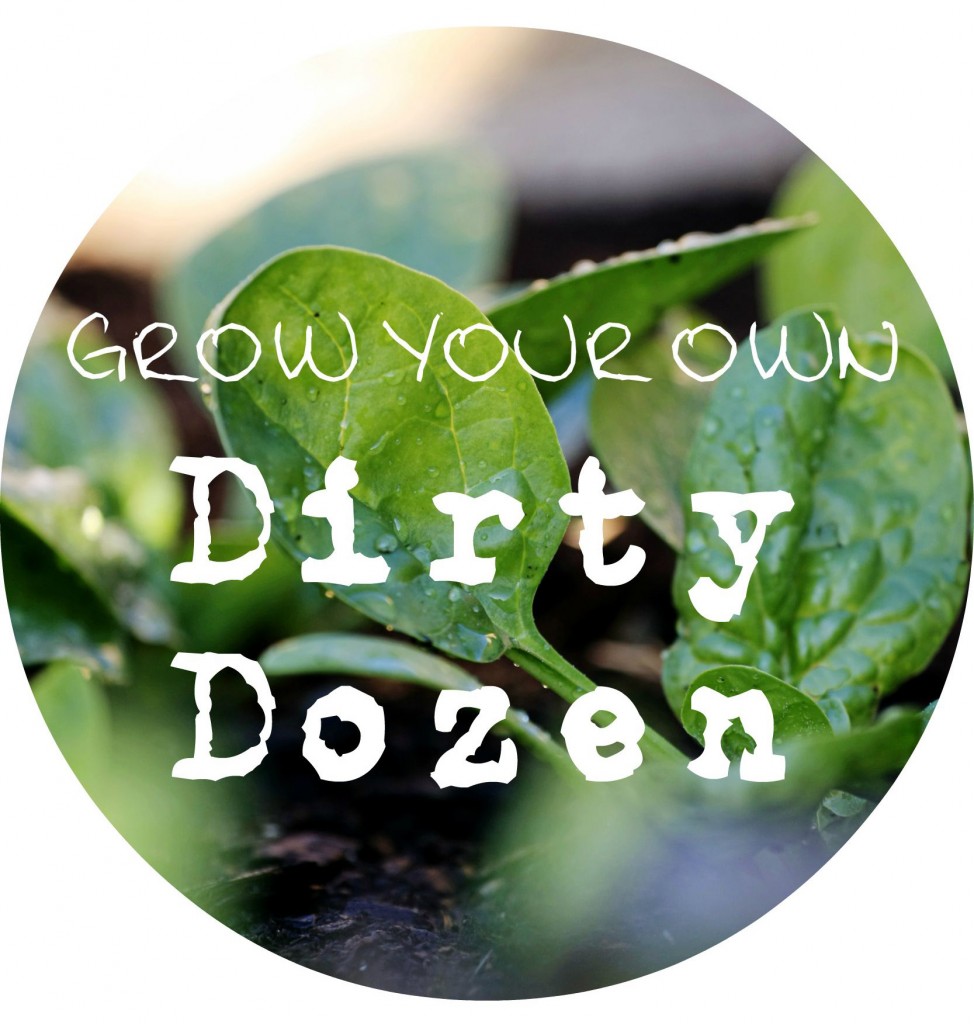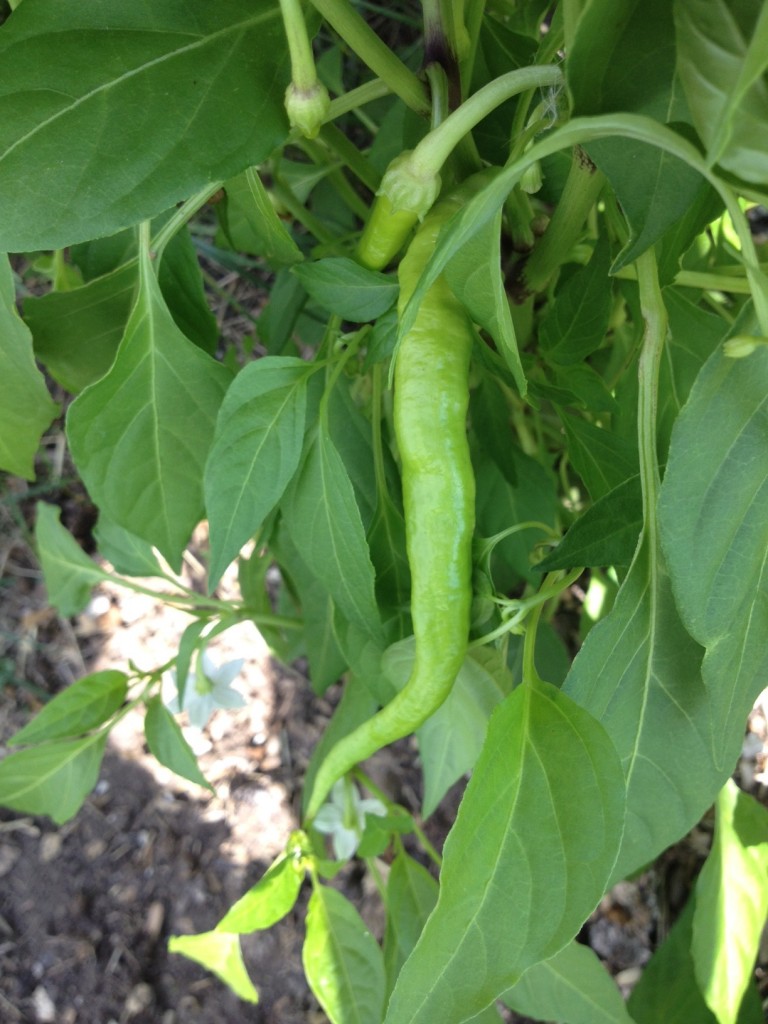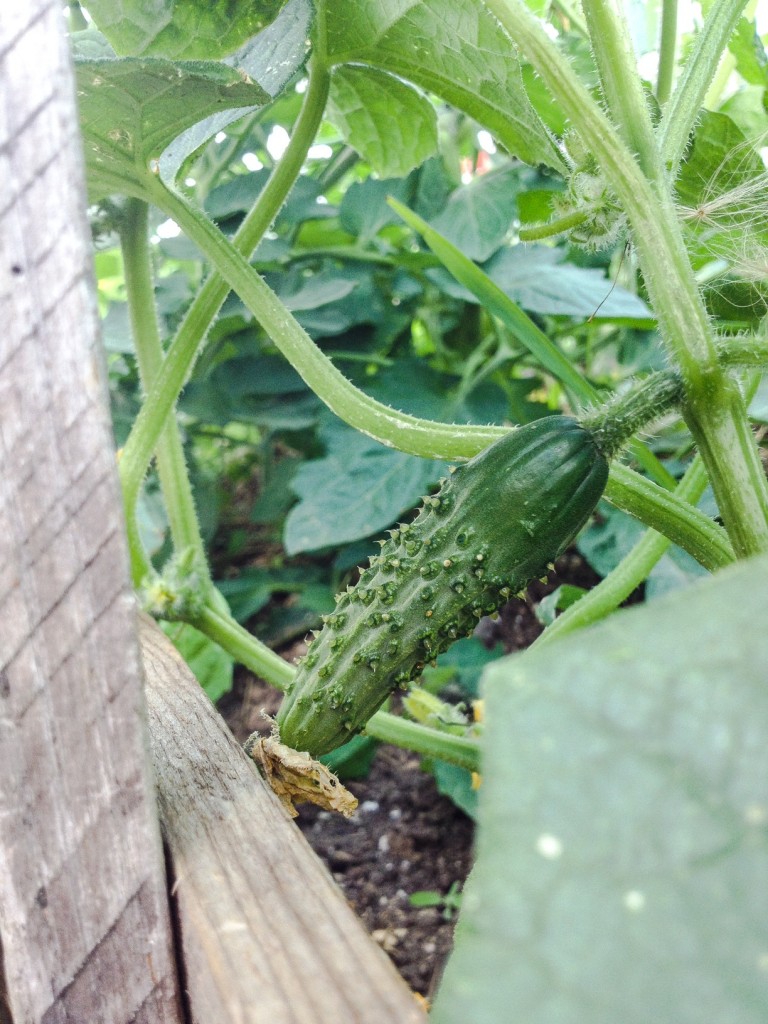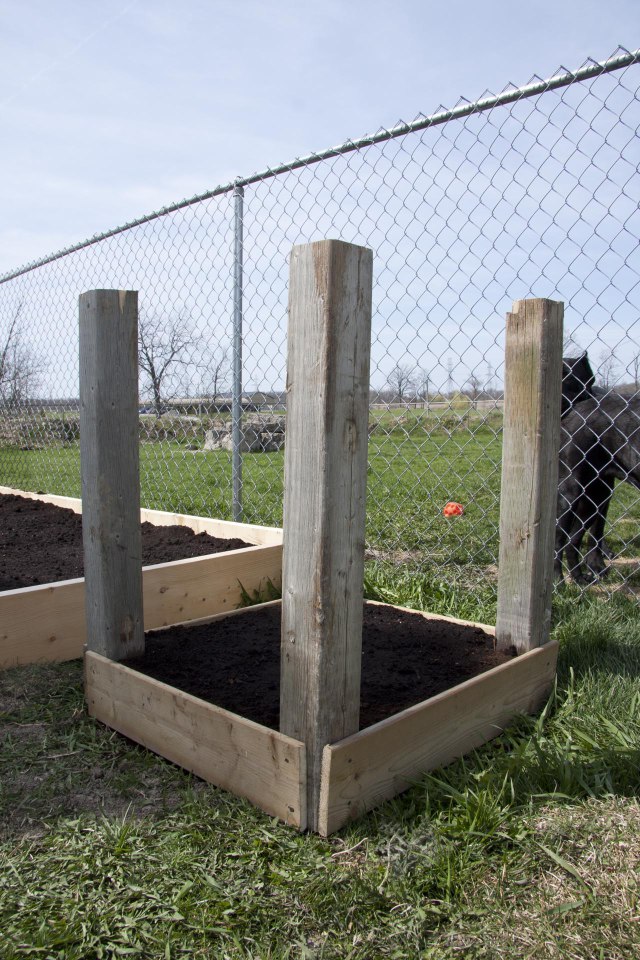 Up until two years ago, the words genetically modified meant very little to me. But once I started to undress the truth, the reality of GMOs was no longer something I could ignore.
Up until two years ago, the words genetically modified meant very little to me. But once I started to undress the truth, the reality of GMOs was no longer something I could ignore.
While these lab-created foods are heavily available in North America, they are banned in many parts of Europe. Why? Because people in those countries stood up against it and won. The people ripped up the GM crops and that was that. When you strip down the majority of foods on grocery store shelves and freezers the sad reality is, in some shape or form, it’s genetically modified. Even meat and dairy products contain GMOs from the feed fed by the vast majority of farmers. We aren’t told these foods are GMO, it is up to us to do our research and find out if the food we are eating was created in a lab. Worse yet, these products are sprayed with Glyphosphate, a herbicide that works by blocking enzyme production in plants. What this means is the plant is unable to build a defence against the harmful sprays used in commercial agriculture. Almost anything sprayed with Glyphosphate will die…. unless it has been genetically modified to resist the effects of the chemicals.
One way to cut GMOs out of your life is to grow and raise your own food. Not everyone can have backyard chickens or goats (I desperately want one), but everyone can grow their own food, even if it’s just a small portion.
Grow a chemical and GMO free garden
Believe it or not, the reach of genetic modification isn’t limited to farmers’ fields. Many commercially available seeds and seedlings are genetically modified. This can include varieties like beans, cabbage, eggplant, peppers, squash and even zucchini (be careful about buying this one in grocery stores as it can be GMO unless you buy organic). Growing vegetables from seed is an easy and affordable way to keep GMOs out of your system.
Trust me, if I can do it, you can do it.
The first step in planting a GMO free garden is to purchase open-pollinated and heirloom seeds, preferably ones that are labelled as organic. A great source for these seeds is to look in your area for a Seedy Saturday sale. These events are a celebration of open-pollinated seeds, which are varieties that can be saved and replanted the next spring, and often include a seed swap where you can pick up some unique varieties. It also gives you an opportunity to talk to gardeners in your area about which varieties do best in your area.
For those unfamiliar with the “dirty dozen” — the fruits and vegetables most contaminated by pesticide use — they are apples, celery, peppers, peaches, strawberries, nectarines, grapes, spinach (and all greens), lettuce, cucumbers, blueberries and potatoes. All of these varieties are possible to grow in small spaces, including apples, peaches and nectarines.
Growing Your Own Apples
You might think I’m crazy suggesting you can grow apples in a small spot, but it is possible. Columnar apple trees produce fruits on short, spur-like branches and can grow in containers. These varieties make it possible to grow apples in places never thought possible, including a balcony or patio. Be sure to purchase trees from an organic nursery.
Growing Your Own Celery
If you undress conventional celery it can contain traces of 13 different pesticides. This is not a vegetable that looks good naked. But when grown in your own backyard it can be a wondrous addition to a healthy diet. This crunchy veg that can be enjoyed slathered in natural peanut butter or in a salad is low in calories, reduces inflammation, aids digestion, regulates alkaline balance and can even ramp up your sex life. Celery likes rich, organic soil, lots of water and protection from the hot sun. Start celery from seed early March to late May. Transplant outdoors after the risk of frost has passed.
 Growing Your Own Peppers
Growing Your Own Peppers
Peppers are a favourite in this house so we grow plenty, sweet and hot. When stripped down to the seeds, conventional peppers are full of pesticides. It’s not something you can wash off the skin, it’s in the pepper. I only spray mine with a mix of epsom salt and water, read why by CLICKING HERE.
Growing Your Own Peaches
Peaches too come in columnar varieties making them a great addition to an urban farm.
Growing Your Own Strawberries
Strawberries are sprayed with toxins that can cause neurological damage and cancer. Yikes! So how do you grow strawberries in a small space? This summertime favourite can be grown in containers, eavestroughs or in the ground. Strawberries need to be seeded early if you expect a crop the first year, between December and early February. If you have missed the boat, you can purchase seedlings from a trusted grower. Don’t be afraid to ask about the seeds or seedlings you are buying.
Growing Your Own Nectarines and Fruit Salad!
I have not yet found a columnar nectarine tree but have read they can be grown in containers. However those really tight on space can consider a fruit salad tree. Various fruits are grafted onto a single tree allowing you to grow several varieties in one small space. Combination trees can include apples, peaches, plums, nectarines, apricots and even almonds.
Growing Your Own Grapes
Just like with fruit trees, you can successfully grow grapes in a container. Because these tiny fruits ripen quickly, commercial farmers tend to spray them often. Growing them yourself means cutting out all of the chemicals and getting only the goodness from the grape.
Growing Your Own Greens
Greens like spinach, kale and Swiss chard are packed with nutrients and chemicals — more than 50 of them to be exact. The greens I grew last year were sprayed with one thing — a garlic and water mix that I steeped in the sun. Grown in rich, organic soil I had kale from March to October. Depending on where you live, you may only have success with spinach in the spring or fall as it prefers cooler weather. I scored some great seeds at Seedy Saturday in my area for two varieties that can be grown in place of spinach during the heat of the summer — red malabar and purple orach. Most greens can be direct sowed as soon as the soil is workable. I get a head start by covering one of my beds with plastic to warm the soil and then plant my seeds. Malabar, which grows in a vine, should not be planted until the threat of frost has past.
Lettuce is a staple in this house, especially when it is fresh from the backyard. The leaves are bursting with flavour when picked just before suppertime requiring little more than some oil, vinegar, salt and pepper to make a wonderful salad. Mescluns are the easiest to grow. You simply spread some seed and wait for it to grow. If picked often, baby greens will continue to produce. To extend your salad season, space your plantings by a few weeks. Succession planting can be done in containers, simply space the plantings a few weeks apart and replant when the plant finishes it’s production.
 Growing Your Own Cucumbers
Growing Your Own Cucumbers
Cucumbers can be grown vertically or in containers, saving precious growing space. Since I have the space I like to grow a lot of cucumbers so there are plenty for fresh eating and pickling.
Growing Your Own Blueberries
Blueberries are full of antioxidants and if not purchased organic, they don’t look so good when you undress them. These wonderful berries can be grown in containers and come in dwarf varieties to save space in smaller backyards.
 Growing Your Own Potatoes
Growing Your Own Potatoes
Ever heard of a potato box? I hadn’t until Pinterest. A potato box allows you to grow a large amount of potatoes in a small space. A potato box grows with the plant making it possible to grow up to 100 pounds in four square feet. There is a great tutorial on building your own potato box HERE . I used this method last year and had great success growing potatoes… though some were still very small by the time they were harvested. I must admit, I wasn’t as on top of building up the potato box as I should have been.
Make sure your soil looks good naked. Remember, you are what you eat and what your food eats. The soil is where the plant gets it nutrients. You want to make sure that soil is not contaminated by pesticides that can harm your health. Make sure to choose a good quality, organic soil. The same goes for compost. Learn more about planning your organic veggie garden in my four-part series which has you covered from soil to design at Picky to Plenty.


